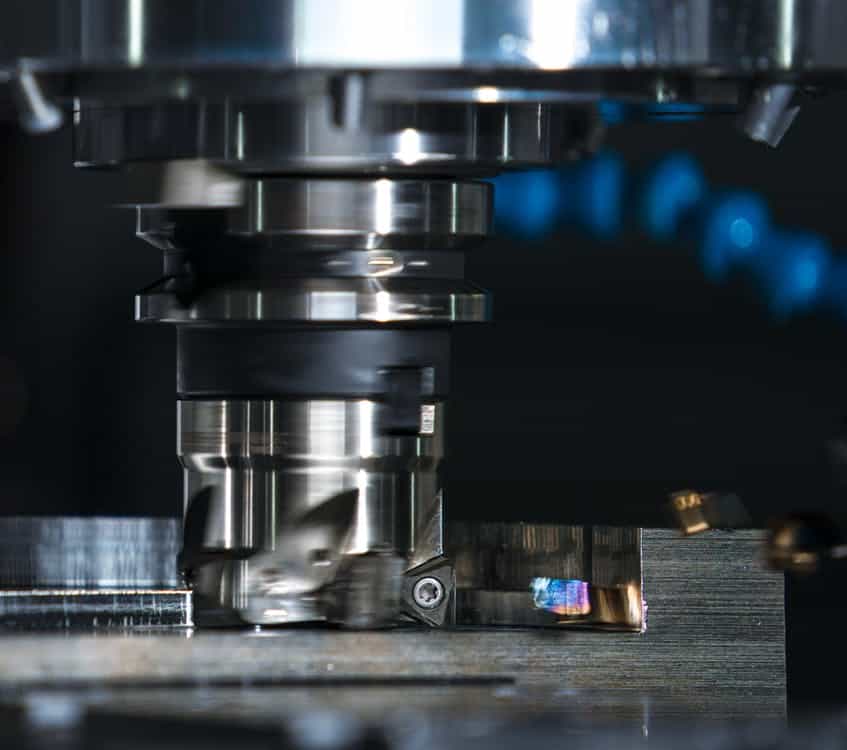There differences between CNC milling vs lathe functionality is very distinct. It all depends on the needed results and the workpiece, but the difference between the two machines is definitely evident.
For clarification, a CNC Mill uses a table that grips the workpiece while moving it around a stationary tool cutting head. A CNC Lathe spins the workpiece as it removes material.
Lathes and Mills can be both horizontal and vertical, but it all depends on the cutting surface orientation. However, the differences can go into further extent and become more meticulous when technology is applied to each type of CNC machine.
Evolution of CNC Mill 101
Computer Numeric Control (CNC) has been applied to many machines in shops all across the globe, but none have greater results than a Milling machine. Decades ago, operating a Milling machine was as straightforward as it gets. Mills could remove material in three different directions using an array of cutting tools. There was one problem though; it took time to change tools and maintain the machine while it was in use. This slowed production during a time when speed was a crucial concern.
As production floors had more and more orders to fill, milling machines became extremely overworked. After adding the application of CNC technology to the humble Mill, you’ve got a system of technology and science. Not only can a Milling machine function more precisely and rapidly than ever before, it can also produce more finished workpieces in a flawless effort. It all started with the 3-axis CNC machines in the 1970s, and since then, we’ve witnessed the technology grow to CNC Mills that can operate on a 5 and 6-axis.
Evolution of CNC Lathe
Just like its cousin, the Milling machine, the popular Lathe also had juvenile beginnings. Lathes have been a tool used by humans since before the great Egyptian Pyramids. Turning a workpiece and shaping it with a sharp tool was never really rocket science, but automating that tool to turn the workpiece at accurate speeds while simultaneously removing material to within nanometers was like magic when it was first introduced to the industry.
With the add-on of the electric motor, the standard shop lathe stood the test of time and evolved very timidly. When Computer Numeric Control got to the party, that’s when the whole scene changed 180 degrees. Horizontal and vertical lathes saw huge improvements in productivity, accuracy, and quality of output.
CNC milling vs lathes: Advancing faster than ever.
The differences and similarities between CNC Mills and Lathes can become confusing. Each machine’s capabilities have expanded so far that the overlap in protocols is drastic. Regardless if it’s the modern shop or production floor, a CNC Mill and a CNC Lathe are practically interchangeable due to advancements in Artificial Intelligence (AI), computer applications, tool technology, and machine functionality.
Today’s CNC Mill and CNC Lathe operate so efficiently it’s almost impossible to observe each individual in action – a huge leap from the days of one-man-one-machine. Most shop floors operating CNC equipment have one operator responsible for overseeing several machines. As technology continues to evolve, so do the improvements in the capabilities of both types of CNC machines, making CNC machine operators and machinists more valuable than ever.
Need tooling solutions from our high-quality CNC machines? Contact our experts for support today!


